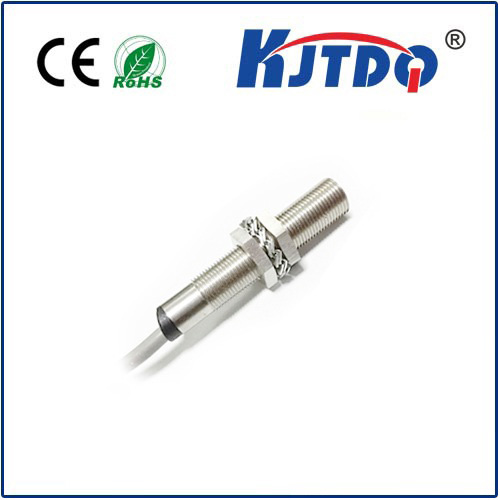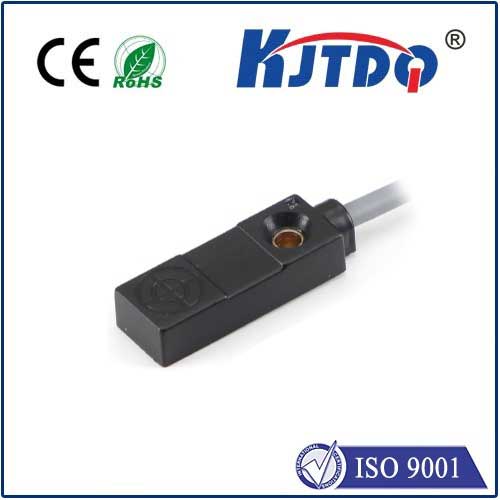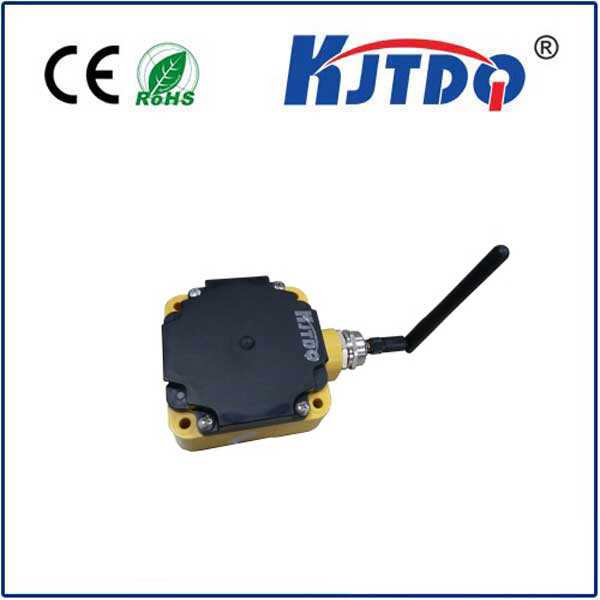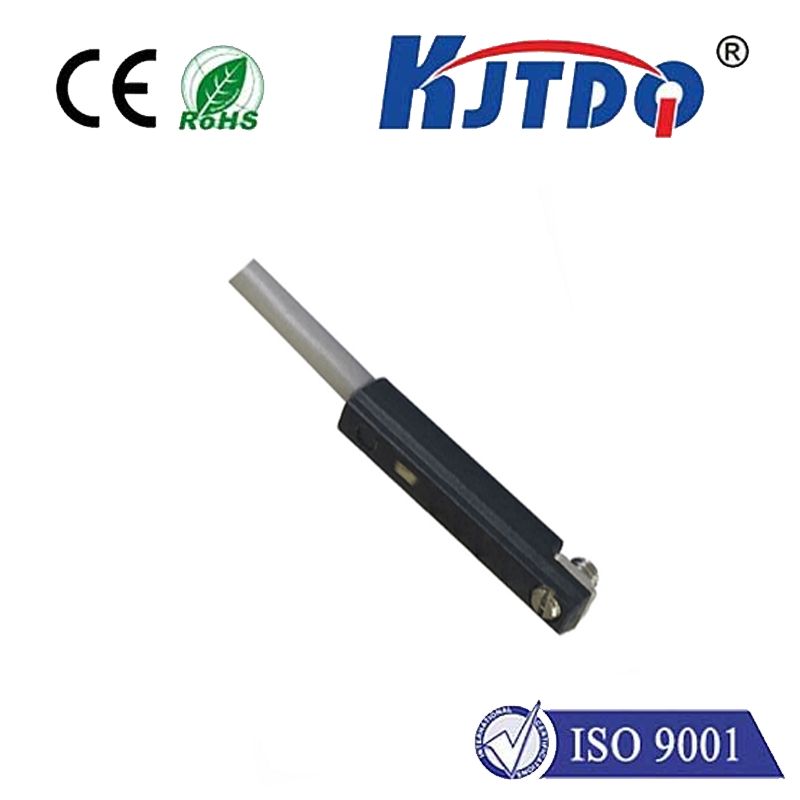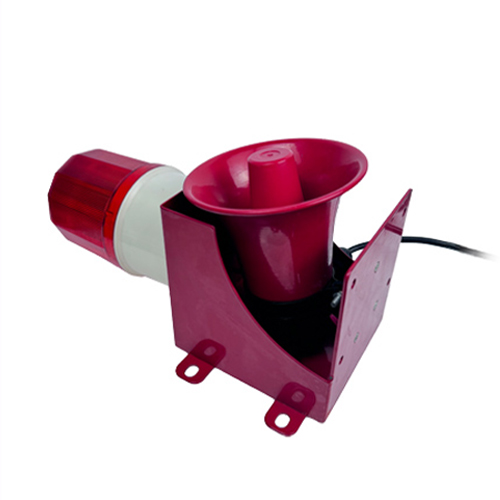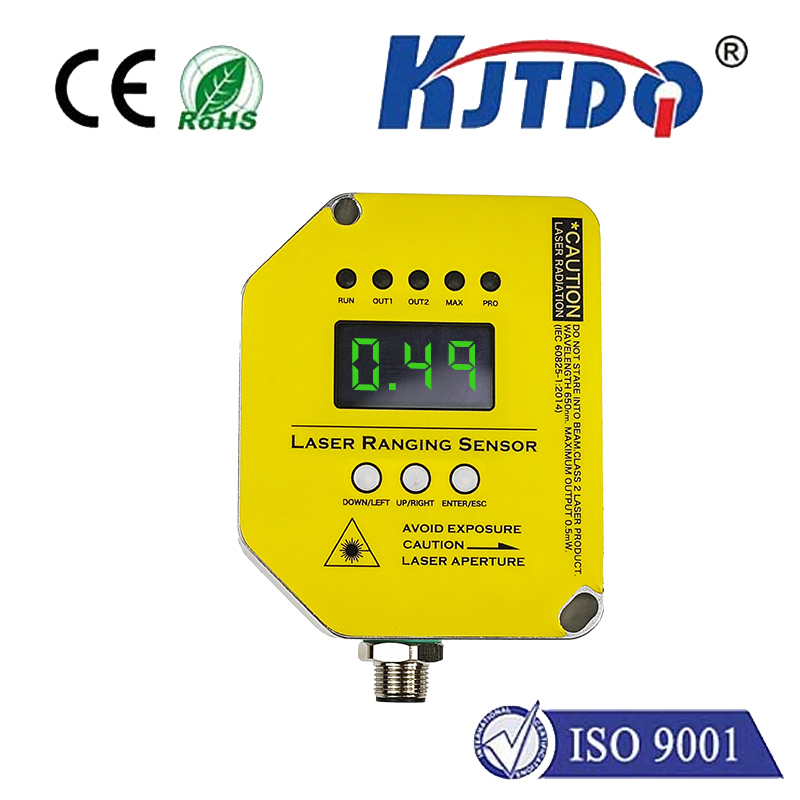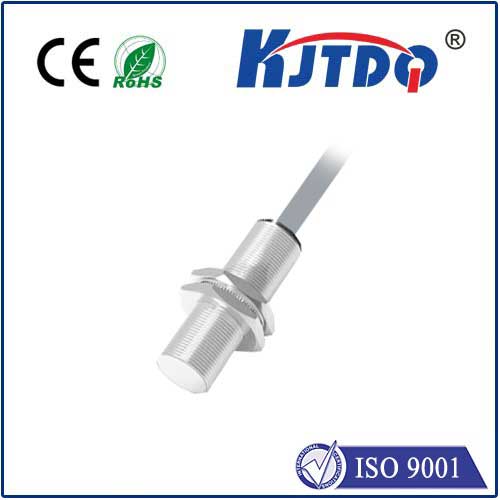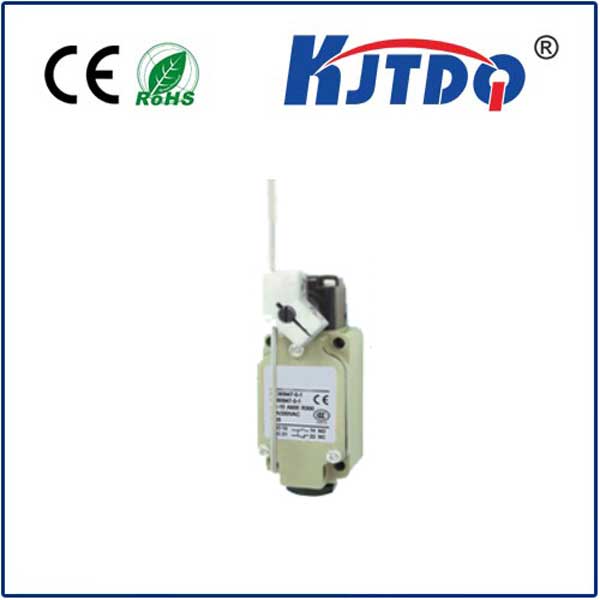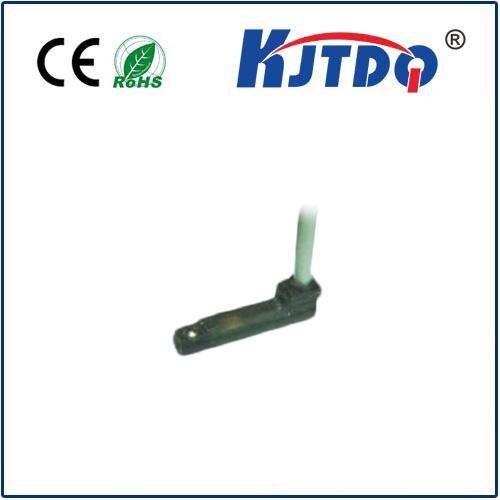

check

check

check

check
In the relentless world of industrial automation and fluid power systems, reliability isn’t just desirable – it’s an absolute necessity. Harsh environments, particularly high-pressure zones, pose significant challenges for electronic components. Traditional sensors can falter, leading to costly downtime, safety risks, and compromised efficiency. This is where specialized components like the BES005A High Pressure Proximity Sensor step into the spotlight, offering robust, non-contact detection precisely where the pressure is on. Understanding its capabilities is crucial for engineers designing resilient and high-performance machinery.
So, what exactly is a high pressure proximity sensor? At its core, it’s an inductive proximity sensor specifically engineered to operate reliably in environments experiencing significant fluid or gas pressure. Unlike standard sensors that might deform, leak, or malfunction under stress, models like the BES005A incorporate enhanced construction techniques. This typically involves a hermetically sealed housing – often using specialized welding or bonding – to prevent pressure ingress that could damage internal electronics or cause false signals. The sensing face itself is reinforced to withstand the constant force exerted by the pressurized medium without compromising detection sensitivity.
The Core Functionality: Non-Contact Detection Under Duress The primary mission of the BES005A sensor, like any inductive proximity device, is to detect the presence or absence of metallic targets without physical contact. It achieves this by generating an oscillating electromagnetic field from its sensing face. When a metallic object enters this field, it induces eddy currents within the target. These currents absorb energy from the oscillator circuit, causing a measurable change (amplitude reduction or frequency shift). The sensor’s internal electronics detect this change and trigger a switching output (like a solid-state NPN/PNP transistor).

Where the BES005A truly differentiates itself is its ability to perform this reliable switching function consistently while directly exposed to high-pressure environments. This allows it to monitor critical positions within hydraulic cylinders, pressurized manifolds, pump housings, valve spools, or compressors – locations where pressure ratings can easily exceed several hundred bar (or thousands of PSI). Knowing the exact position of a piston rod inside a cylinder or confirming the status of a valve under load is vital for control logic and safety interlocks, tasks the BES005A is built for.
Key Features and Advantages of the BES005A High Pressure Proximity Sensor Designed for resilience and precision, the BES005A typically boasts several critical features:
Where the BES005A Excels: Critical Applications The unique capabilities of the BES005A high pressure proximity sensor make it indispensable in sectors demanding ruggedness and precision:
Integrating the BES005A: Considerations for Optimal Performance While the BES005A sensor is built tough, successful integration requires attention to detail:
The BES005A Advantage: Reliability When It Matters Most In high-pressure environments, sensor failure is not merely inconvenient; it can lead to process shutdowns, costly repairs, product quality issues, or even safety hazards. The high pressure proximity sensor BES005A represents a focused engineering solution to this core challenge. By combining the fundamental reliability of inductive proximity sensing with a construction specifically fortified against immense pressure, it delivers consistent, non-contact detection where conventional sensors would struggle. For system designers and maintenance engineers tasked with ensuring uptime and safety in pressurised fluid power systems and demanding industrial machinery, understanding and specifying components like the BES005A is fundamental to achieving robust, long-lasting, and efficient operations. Its value lies in its ability to perform perfectly, silently, and reliably, right at the heart of the pressure zone.

